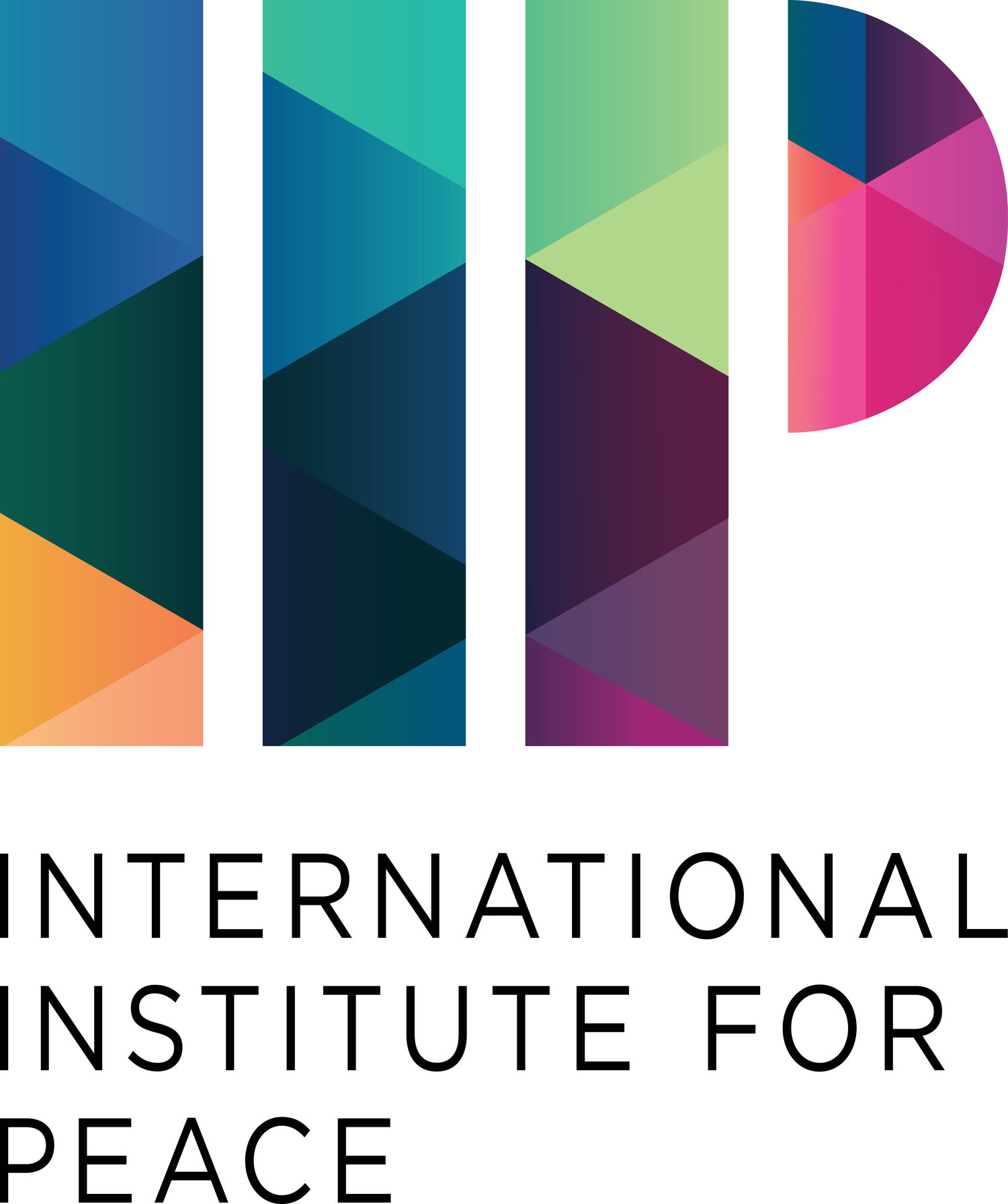The most recent escalation in the conflict over Nagorno-Karabakh sheds light on a number of complex legal issues. On the one hand, the region still belongs to Azerbaijan even although it is factually controlled by the self-declared “Nagorno-Karabakh Republic”. On the other hand, that by itself does not provide a free pass to retake lost territory by force. A few observations on the legal aspects of the current escalation between Azerbaijani and Armenian forces.
The History of Nagorno-Karabakh
Nagorno-Karabakh, also known as ‘Artsakh’, has a long and complex legal history beginning with the Treaty of Gulistan from 1813 and the absorption by Russia after its victorious war with Persia. Russia later extended its control over the entire Caucasus – thus including all of modern-day Armenia and Azerbaijan – after the second Russo-Persian war and the Treaty of Turkmenchai from 1826.
Following the end of Tsarist rule, Georgia, Azerbaijan, and Armenia all declared independence in May 1918 (after a brief attempt establish a common state together, the “Transcaucasian Federative Democratic Republic”, that lasted only for several weeks).
The latter two clashed over predominantly Armenian-populated (some 94% according to Thomas de Waal) Nagorno-Karabakh already during this period. Their war came to an end when the Bolsheviks took control of the area in 1920 and formed the Azerbaijan and Armenia Soviet Socialist Republics. On 5 July 1921, then, the “Caucasian Bureau of the Russian Communist Party” decided to leave Nagorno-Karabakh inside the borders of Azerbaijan as an autonomous territory governed by the administrative center in Shushi. Azerbaijan successfully bases its sovereignty on this decisive measure until today. Needless to say, it also highlights the often-arbitrary origins of frontiers.
The following year, Azerbaijan and Armenia were merged – together with Georgia – into the Transcaucasian Socialist Federative Soviet Republic, a founding member of the Soviet Union. In July 1923, it created the Nagorno-Karabakh oblast, a quasi-state (since it was not fully independent) within a state that remained part of the re-established Azerbaijan Soviet Socialist Republic when the Transcaucasian Socialist Federative Soviet Republic was dissolved in 1936.
Throughout the next decades, the autonomy of Nagorno-Karabakh waned and the authorities in Baku tried to assimilate, even “Azerbaijanify” the population. Numerous Armenian pleas to Moscow to become part of their motherland were denied during this period – after all, Article 78 of the Soviet Union’s constitution from 1977 stipulated that “boundaries between Union Republics may be altered by mutual agreement of the Republics concerned” and “subject to ratification by the Union of Soviet Socialist Republics” itself.
Overall, the region nevertheless remained calm since the affected republics and territories were ultimately all part of the same state. The situation changed drastically in 1988 when Armenians and Azerbaijanis clashed in the region for the first time in decades, leading to ethnic cleansing on both sides – the starting point of the “Artsakh Liberation War”. By this time, the Armenians were already reduced to some ¾ of the population in Nagorno-Karabakh.
The End of the Soviet Union and the “Artsakh Liberation War”
Meanwhile, the communist party had bigger issues on their minds since the Soviet Union formally dissolved in 1991, as first and foremost evidenced by the Alma-Ata Declaration signed by 11 of its former Republics (excluding the three Baltic states, as they considered themselves as having been illegally occupied ever since 1940, and Georgia) which explicitly stated that “[w]ith the formation of the Commonwealth of Independent States, the Union of Soviet Socialist Republics ceases to exist”.
Azerbaijan and Armenia had already declared their independence on 31 August 1991. A few months later, the Armenians in Nagorno-Karabakh voted for independence – the referendum was boycotted by the Azeris – and proclaimed the “Republic of Artsakh”, also known as the “Nagorno-Karabakh Republic”. Supported by Armenia and Russia, its troops successfully advanced into Azerbaijani territory and extended their control beyond Nagorno-Karabakh. A ceasefire successfully brought the conflict to an end in 1994 but refrained from addressing the status of Artsakh.
The Status of the “Nagorno-Karabakh Republic”
Legally speaking, it still belongs to Azerbaijan – regardless of the government in Baku’s direct negotiations with the quasi-authorities of the “Nagorno-Karabakh Republic” during the war or the fact that Azerbaijan has long lost control.
Two considerations are relevant here: First, one could wonder whether the “Republic of Artsakh” fulfills the three elements of statehood as described by Georg Jellinek – a permanent population, territory, and sovereign government. While the existence of the former two are undisputed, the third needs to be doubted due to the political, military, and economic dependence on Armenia.
No “right to secession”
Some could claim that the people of Nagorno-Karabakh are entitled to independence and/or unification with Armenia by virtue of their right to self-determination (see UN General Assembly resolution 1541 from 1960). Yet, one might dispute whether the population in Nagorno-Karabakh should be considered as a “people” or rather as a minority within a state in the first place. Although these two categorizations are not necessarily incompatible, one must not forget that there exists no generalized “right to secession” in international law (in its Kosovo Advisory Opinion, the International Court of Justice only dealt with the legality of declarations of independence and found that they were neither prohibited nor permitted under international law): Notwithstanding the rights of minority groups and/or peoples, possibly even amounting to claims for far-reaching autonomy, the state to which they belong is not obliged to “let them go”. Other states, then, may not enter into diplomatic relations with seceding entities since such a “premature recognition” would violate the non-intervention principle.
When reading these findings, some might instantly wonder about Kosovo and its recognition by some 117 states after having declared independence back in 2008. To a certain extent, these countries, among them the US, Germany, or Austria, indeed deviated from established and long-standing practice concerning secessions. At the same time, Kosovo is commonly considered as an exception to the rule resulting from special circumstances, namely the preceding conflict between Serbia and the “Kosovo Liberation Army” and the Yugoslav wars. In any case, Kosovo’s final status is also not settled until this very day – one must e.g. bear in mind that it has still not been admitted to the United Nations due to a veto threat by Russia as the guardian of Serbia’s interests.
Territorial Integrity of Azerbaijan
Be as it may, the international community’s approach towards Nagorno-Karabakh is much more reluctant and thus in line with the general observations outlined above. To begin with, back in 1993 the Security Council unanimously adopted a number of resolutions “[r]eaffirming the sovereignty and territorial integrity of the Azerbaijani Republic … the inviolability of international borders and the inadmissibility of the use of force for the acquisition of territory” while calling for “the withdrawal of forces from recently occupied territories” (see e.g. resolution 874).
Some three years later, all states participating in the Lisbon OSCE Summit except Armenia also reaffirmed the principle of territorial integrity and stated that the legal status of Nagorno-Karabakh should be “defined in an agreement based on self-determination which confers on Nagorny-Karabakh the highest degree of self-rule within Azerbaijan”. The European Parliament also repeatedly called for “the withdrawal of Armenian forces from occupied territories surrounding Nagorno-Karabakh and their return to Azerbaijani control” (e.g. in 2010 and 2012). Statements concerning the territorial integrity of Azerbaijan were also made by NATO or the Organization of the Islamic Conference (to which Azerbaijan belongs since 1992).
Last but not least, the UN General Assembly, in resolution 62/243 from 2008, reaffirmed “continued respect and support for the sovereignty and territorial integrity of the Republic of Azerbaijan within its internationally recognized borders”, “that no State shall recognize as lawful the situation resulting from the occupation of the territories of the Republic of Azerbaijan, nor render aid or assistance in maintaining this situation” and explicitly spoke of “an effective democratic system of self-governance to be built up in this region within the Republic of Azerbaijan”.
Interestingly enough, this resolution has been prominently mentioned amid the recent escalation – e.g. in a recent tweet by Turkish football player Mesut Özil. Yet, its relevance should not be overestimated: first and foremost, General Assembly resolutions are not binding but merely political recommendations or demands – in the present situation, the value of resolution 62/243 from 2008 is further diminished by the fact that it weas only adopted by 39 out of the then-192 UN member states: 7 had voted against it and 100 chose to abstain (the rest was apparently not present during the vote): perhaps most decisively, the Minsk Group Co-Chairs (the name for the “OSCE’s main efforts to find a peaceful solution to the Nagorno-Karabakh conflict”) – France, Russia, and the US – did not support the resolution because they considered it as biased.
A “de facto regime”?
This leads us to the second objection to the statehood of the “Nagorno-Karabakh Republic”: it has not been recognized by a single state – not even Armenia. Although recognition is, strictly speaking, not a prerequisite for statehood, it nevertheless serves as an important indicator. Furthermore, one could argue that states also need the capacity to enter into relations with others and that this additional criterion is lacking if no foreign government is willing to do so. In sum, the “normative power of the factual”, to quote Jellinek once more, is not sufficient to establish an independent state.
Yet, it might suffice to describe an entity as a “de facto regime” – a term coined by Jochen Frowein to describe his observation “that entities which in fact govern a specific territory for a prolonged period will be treated as partial subjects of international law”.
As such, they may e.g. be held responsible for violations of international law – such as human rights violations –. maintain unofficial contacts, or possibly even conclude agreements with other states.
Most importantly, de-facto regimes are protected by the prohibition of the use of force. Azerbaijan is thus legally prevented from simply reintegrating the “Nagorno-Karabakh Republic” by force, even less with the support by allied states like Turkey (according to numerous reports, it has sent Islamist mercenaries to the region). The respective stakeholders need to find a peaceful solution on the basis of negotiations. Obviously enough, that is easier said than done.
Picture: Maxim Atayants
© Elisabeth Pfneisl
Ralph Janik teaches international law (with a focus on armed conflicts and the law of the World Trade Organization) at the University of Vienna
Other articles in the blog series War in the Caucasus include:
War in the Caucasus. Nagorno-Karabakh: From a Local Conflict to a Regional War? by Hannes Swoboda
War in the Caucasus. Kamikazedrohnen über dem Kaukasus by Markus Reisner
War in the Caucasus: A Perspective from Aremnia by Mher Sahakyan
War in the Caucasus - Karabagh Conflict: Why War? by Leila Alieva
War in the Caucasus. The Moscow deal, the continuous fighting and the role of the OSCE by Fred Tanner


